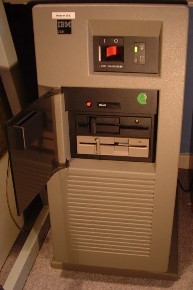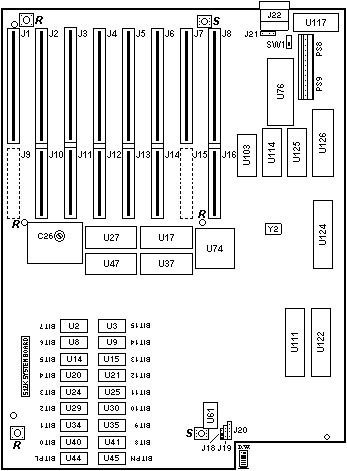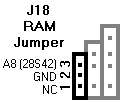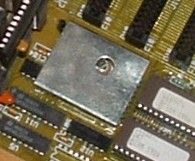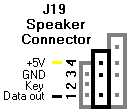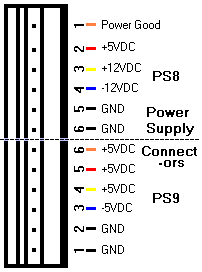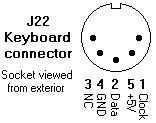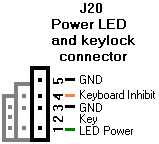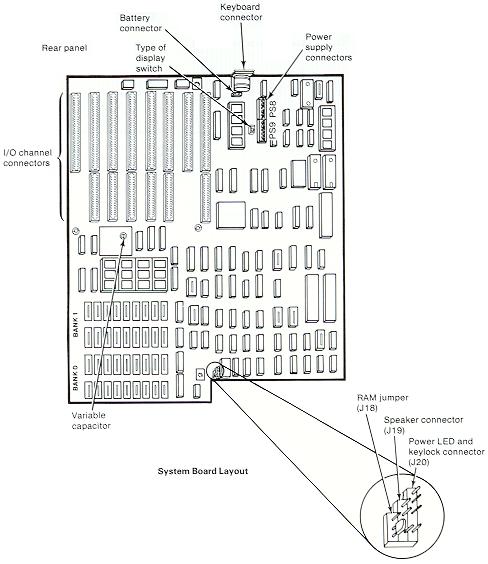The IBM 7531 Industrial Computer is an Intel 80286-based "AT" computer, mounted in a steel frame and surrounded by a heavy duty housing. It is ventilated by a large fan with a particle filter and is fitted to a base designed to allow the computer to be bolted to the floor. Accordingly, it was designed for use in "industrial plant-floor environments".
The type 7531 is part of the former IBM Industrial Computer line. It is effectively "twinned" with the 7532 Industrial Computer. The 7532 has identical computer specifications to the 7531, but is housed in a rack-mounting case rather than the 7531's floor-mounting case. Both correspond in terms of computer specification to the IBM Personal Computer AT [type 5170]. The 7531 and 7532 directly follow the 5531, an industrial model based around the Personal Computer XT [5160]. The 7537, based on the later Personal System/2 [PS/2] line, supercedes the 7531 and 7532.
The 7531 initially shipped with a 6MHz 80286 processor (later models had an 8MHz 286). The system board shipped with 512KB of memory onboard, with a number of options to extend it with expansion cards.
A video card was considered a prerequisite, however CGA [Color Graphics Adapter] and EGA [Enhanced Graphics Adapter] colour options were available, as the intended monitor [7534 Industrial Graphics Display, also with filtered fans] is capable of EGA modes. (Despite the recommendations and available options, the Technical Reference suggests that a monochrome adapter can be used instead.)
The system shipped by default with a "new" high density 1.2MB 5.25" half height floppy disk drive. Up to two full height 20MB hard disks were available as an option. The controller for the drives was the only expansion card included with the basic configuration.
The keyboard was a then brand-new design (at least for x86 IBM computers as far as I have seen...): the 101 and 102 key layouts that still provide the basis for the vast majority of keyboard layouts today.
The 7531 was never going to be a particularly popular machine, due to its specialised nature. Nevertheless it is an interesting variant of the 5170 AT, which saw the introduction of some interesting features before the IBM Personal Computer line did.
